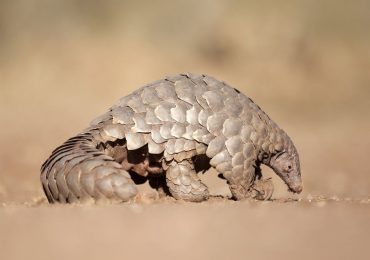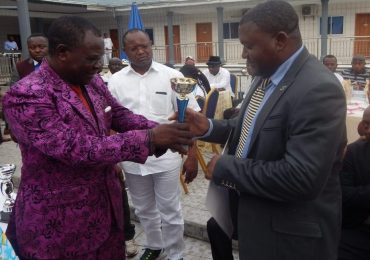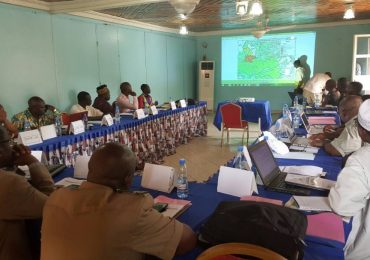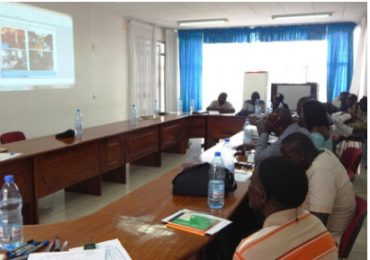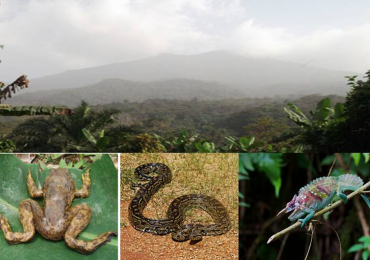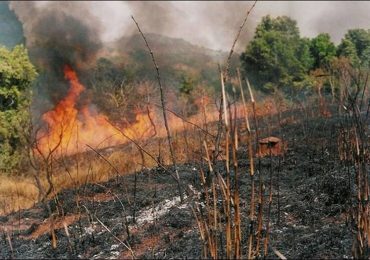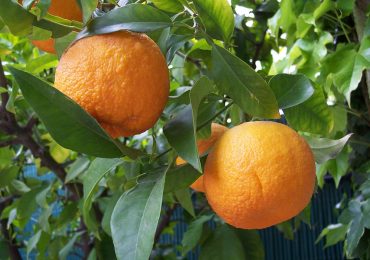This is the first in a series of forays into the most popular slums of Cameroon’s economic city, Douala. In its subsequent editions, The Green Vision will be taking you on guided tours to the hottest slums in Douala, giving you the various flavours of life on the fast lane; sex bought by the franc, crime; petty and horrifying in magnitude…
The first time The Green Vision saw Makepe Missoke, we must admit, we could not grasp the dingy, oddly graphic streets peopled with unattractive youths and adults most of them at some kind of occupation or other, others just standing in a purposeless, somewhat ominous way. As our wits came into focus, we realised that what these people and their surroundings were showing was a portrait of Douala slum life.
By Azore Opio
The slum dwellers of Douala portray quarters of horrid fascination. Douala’s major slums seem to be getting from bad to worse. All of Bois des Singes (Forest of Monkeys?) in Douala II, Village (Non glasse) in Douala III in the eastern gateway to Yaounde, Mabanda and Nkompa in Bonaberi in Douala VI, New Bell, and Bepanda Voirie (council dumping ground) where Makepe Missoke is found, are in severe residential slump.
Makepe Missoke is perhaps not the biggest of them all. This weird and fantastic area found in Bepanda District, is wedged between glamorous Bonamoussadi and bourgeois Makepe, home to Petit Pays, probably now Cameroon’s foremost makossa composer and singer. Next door, across the N’GONGUE Bridge, is Makepe Missoke.
The first real glimpse of Makepe Missoke is when you emerge from the modern air-conditioned mansions in Bonaprisso or Bonanjo, or just a crow’s flight away from Makepe, into the hot and sticky chaos, dirt and hardship of Makepe Missoke.
Inside Makepe Missoke is Makepe Maturite; a mature core of the hard Makepe Missoke.
You get into Makepe Missoke from Deido side once you cross the Tonga’a Bassa Bridge at the St. Charles Bulanga at Boulangerie de la paix (Peace Bakery) junction. After that, there is little peace.
Makepe Missoke and its hardcore Makepe Maturite is a rotting slum of a sharp, horrible vivacity. It contains experienced prostitutes, hardened criminals and teaming jobless youths. Thousands throng its streets and alleys every day. The grand slum is studded with disintegrating plank creations, some leaning dangerously on their sides tangled in a maze of electrical wires and TV cables. At street level, hawkers bellow, stray mangy dogs rummage in stockpiles of mucky garbage and sweaty commercial motor taxi riders (bendskin) as well as cab drivers dodge and weave dangerously around trucks and commuters.
The whole mess called Makepe Missoke is bisected into squalid segments by muddy alleys running through the slum-scape and by grimy streams and soggy, stagnant swamps. This complex has a melting pot flavour. The citizens from all over Cameroon, among whom a criminal element lurks, live in a rare way. Tough standoffish adults, gnarled wry old people, infants and exuberant teenagers and Lolitas, all create a hard, animated kasbah. In this area, on the edge which thrive prosperous working class districts, poverty has penetrated so deep you see it intensely etched on melancholy, ungraceful faces staring in tensed, dead-pan meaningless hostility; the children at their fierce, fantastic games.
Doula has a scary sewage problem. The problem is quite disgusting. The nation’s economic capital city depends largely on open sewage treatment systems that dump millions of litres of raw sewage into the Atlantic Ocean. One of the veins through which filth flows traverses Makepe Missoke. And once it rains, “garbage like plastics, domestic waste, human excreta and slimy mud flow with the flood waters into residential quarters,” said a borehole technician in Makepe Maturite
In the sprawling swampy mass of Douala; its stinking open festering wounds of sewers, crumbling houses and giant mosquitoes, are a handful of elegant residences tucked away in Bonaprisso, Bonanjo, Akwa, Deido and Bonamoussadi.
The crossing that separates insalubrious Makepe Missoke from the enchanting Makepe is called the N’GONGUE Bridge spanning a slow, cloudy stream.
Makepe is a glamorous bourgeoisie quarter where the girls bursting with youth step out with a great deal of skin showing in a carefree prowl of the wide, paved, well lit streets with cool appraisal of the spacious green areas. Here, the air is crisply fresh, the streets plied by posh cars driven by smiling motorists. There are glorious shopping malls and splendid towering apartment houses, wide sparkling streets running along open green spaces. And little traffic.
Petit Pay’s Makepe is a stark contrast with Francoise Foning’s Makepe Missoke where the breath fills the nose and lungs with fetid air, the vehicles blow out oily smoke and the rotting plank homes are sunk in stinking swamps.
The melancholy, graceless Makepeans step out life carelessly but go with the flow with fierce determination. They live in harmony with all sorts of dangers as peacefully as circus gurus with tamed beasts do. But all is not lost in Makepe Missoke. The dwellers are capable of raising life to a high level of grace with unerring taste. There are schools, bookshops, markets, micro-finance houses, motels wood workshops, churches and all else that go into making slum life tolerable. There are traditional doctors to take care of the health troubles of Makepeans that modern doctors cannot handle. And sex is conjured up unsparingly by day and by night in Mayor Foning’s fiefdom depending on the weight of one’s purse.


